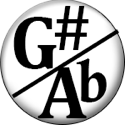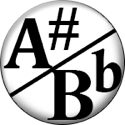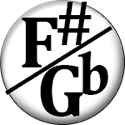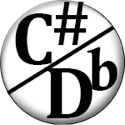E Major Scale on One String

Hi. This is Hub Guitar.
We're going to talk about how to play major scales up and down a single string, with the open string being the root of the scale.
For instance, we can take this high E string here and play it open, and then follow up the scale.
Now we can play the open note between all of the other notes.
It's great to use these kind of open string scales because you can play alot of notes very quickly. Even though this might seem a little easy, and advanced player would likely use this kind of technique to play a fast group of notes.
You can also try playing groups of two notes up the string, with an open note in between each two.
Finally, you can use this pattern with other scales, or on other strings. So experiment with this idea and see what it leads to. It's a great way to build your fretboard knowledge and it also really helps you to practice going up and down the neck, rather than just across.
Learning scaleA sub-set of notes taken from the larger set of 12. The smaller set (usually 5 or 7) is used to build melodies and chords.s is essential to learning guitar. Scales are sets of building blocks that melodies, chords, and songs are made out of.
Since you’re learning open chordsOpen chords are chords that are played using open strings (play a string without pushing on any fret to hear an open string.), why not learn “Open Scales” as well? These are scales that go up and down a string, and include the note of the open string itself.
How to Practice
One great way to practice this scale is to play an open “E” between every note. This helps reinforce the “E” as the tonicThe first note of a scale. The other notes in the scale are built up from it, and they tend to fall back down or “resolve” to the tonic. The tonic of E major scale is E. or root note of the scale.

You can move this whole pattern to another string, and you will have a new major scale whose root is the open string itself. For instance, play this pattern the “A” string, and you’ll have an A major scale.
Key Exercises
- Learn, memorize, and apply scales.
- Repeat the same exact pattern on the other strings to create E major, A major, D major, G major and B major scales.
 As the creator of Hub Guitar, Grey has compiled hundreds of guitar lessons, written several books, and filmed hundreds of video lessons. He teaches private lessons in his Boston studio, as well as via video chat through TakeLessons.
As the creator of Hub Guitar, Grey has compiled hundreds of guitar lessons, written several books, and filmed hundreds of video lessons. He teaches private lessons in his Boston studio, as well as via video chat through TakeLessons.











